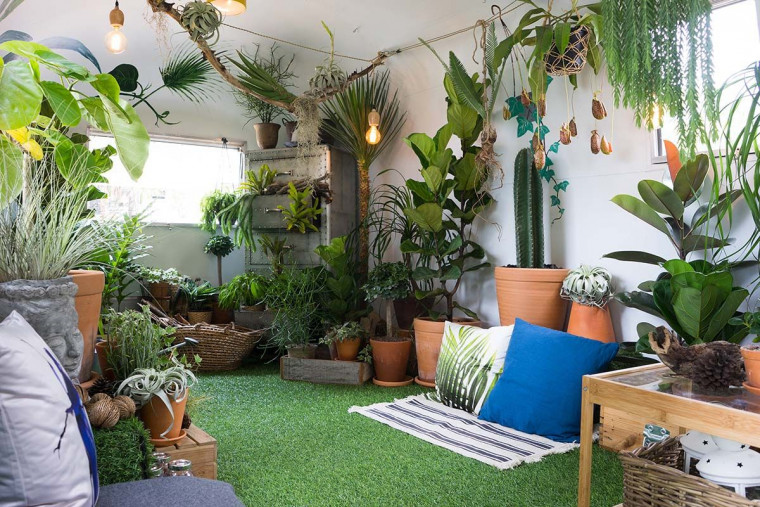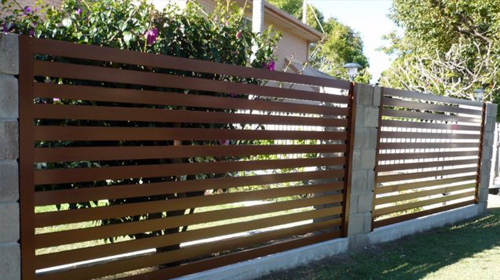The Importance of Small Gardens at Home
Enhancing Quality of Life
Small gardens play a significant role in enhancing the quality of life for homeowners. They provide a sanctuary for relaxation, meditation, and rejuvenation, allowing individuals to escape from the stresses of daily life and reconnect with nature. Spending time in a small garden can promote mental clarity, reduce anxiety, and improve overall well-being, making it an invaluable asset for homeowners seeking to prioritize their health and happiness.

Creating Green Spaces in Urban Environments
In densely populated urban areas, small gardens serve as vital green spaces that contribute to the ecological health and vitality of the community. They provide habitat for pollinators, birds, and beneficial insects, support biodiversity, and mitigate the urban heat island effect. By incorporating small gardens into residential properties, homeowners can contribute to the greening of urban environments and create pockets of natural beauty amidst the concrete jungle.
Connecting with Nature
Small gardens offer … Read more



